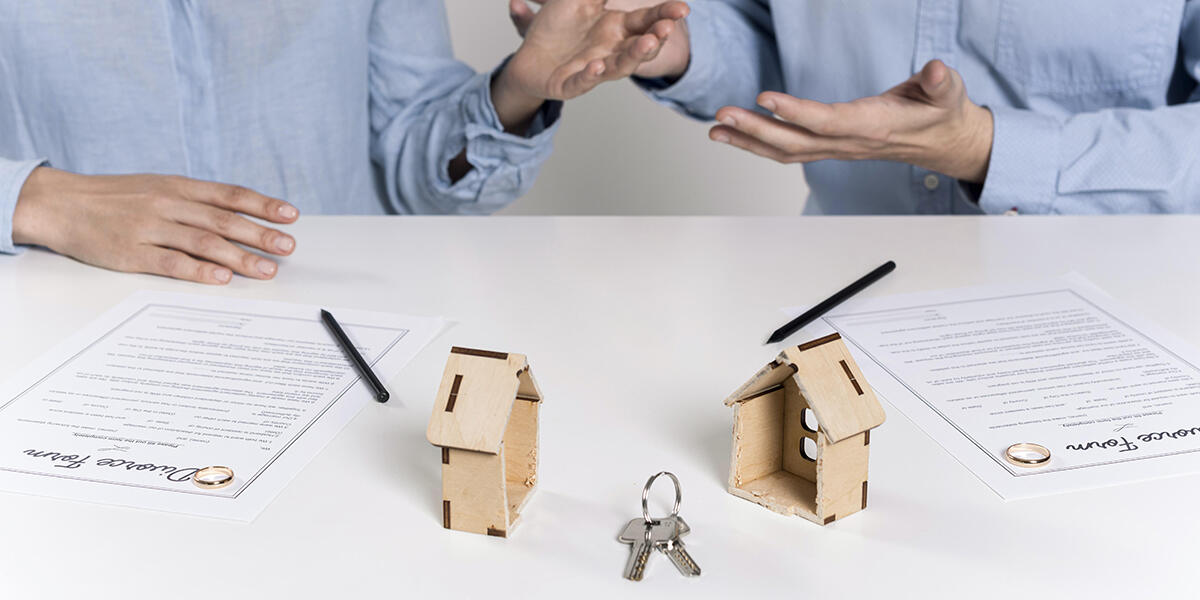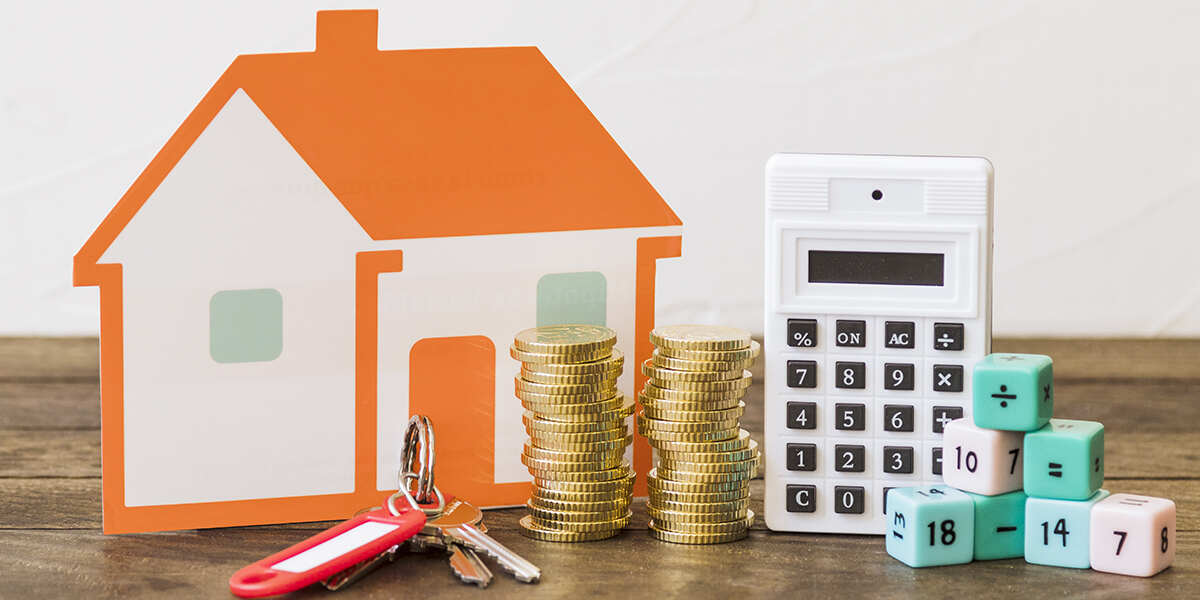In order to purchase a home, most potential homebuyers will need to consider the merits and downsides of an adjustable-rate mortgage vs. fixed mortgage options. With so many decisions facing first-time homebuyers, financing options can seem far less important than choosing the best house in the ideal neighborhood. The right mortgage, however, is a crucial long-term decision.
Both types of mortgages will get you into a home, but each offers pros and cons that affect how buyers will need to pay for their homes with the loan. Below, the experts discuss the details.
What Is a Fixed-Rate Mortgage?
A fixed-rate mortgage holds the same interest rate every month throughout the loan’s lifetime. But you may still see changes in your monthly repayments due to fluctuating homeowners’ insurance payments and property taxes.
Pros and Cons of Fixed-Rate Mortgages
Many first-time homebuyers like the sound of a fixed-rate mortgage, especially when they’ve found their “forever home.” The most popular fixed-rate mortgage type stretches over 30 years, with a standard amortization schedule showing the predicted principal and interest payments. However, while considering the bonuses of fixed mortgage rates vs. adjustable ones, it’s important to weigh these pros and cons:
Pros
- The monthly principal and interest rates don’t change.
- It’s easy to understand this type of loan structure.
- The stability of your payments makes monthly and yearly budgeting simpler.
Cons
- Homeowners can’t take advantage of falling interest rates without refinancing.
- Fixed-rate loans don’t offer customization options-every lender offers the same thing.
- If you took out the loan during a period of higher interest rates, you’re stuck with that rate.
- House payments still fluctuate with insurance and taxes.
What Is an Adjustable-Rate Mortgage?
Pitting an adjustable-rate mortgage vs. fixed-rate options mostly focuses on the interest rate. An adjustable rate means the interest rate can rise or fall depending on what index your loan uses. An index lays out the mortgage’s current interest rate based on the housing market.
For example, a 5/1 adjustable-rate mortgage holds the original interest rate for five years and then adjusts once per year. You can also opt for original interest rate holds over three, seven, and ten-year ranges.
Pros and Cons of Adjustable-Rate Mortgages
Looking at an adjustable vs. fixed-rate mortgage highlights the benefit of allowing homeowners to enjoy lower interest rates at the same time as the market. However, the housing market can change drastically from year to year, and rising rates put considerable pressure on mortgage repayment terms.
Make a more informed decision by weighing the pros and cons before you decide between an adjustable mortgage vs. fixed-rate loan products.
Pros
- With lower initial payments, lenders might approve more expensive homes.
- Mortgage interest payments will drop when the rates fall without having to refinance.
- These mortgages typically cost less in the beginning, allowing homeowners to save more.
Cons
- Mortgage interest rates can go up, which directly affects the monthly mortgage repayments.
- The complex mortgage features include caps, margins, and adjustment indexes that affect the loan throughout its duration.
- Homeowners may require a higher down payment to leverage adjustable-rate mortgages.
Key Differences Between Fixed-Rate and Adjustable-Rate Mortgages
What’s different between a fixed-rate mortgage vs. adjustable-rate mortgage?
Interest Rate
When considering an adjustable-rate mortgage vs. fixed options, the initially lower interest rate of an adjustable-rate mortgage often sways borrowers. However, it’s wise to remember that this may change if market rates increase.
Margin
With a fixed-rate mortgage, you won’t have to worry about the margin that appears in adjustable-rate mortgage interest rates.
Monthly Payment
A fixed vs. adjustable-rate mortgage decision is easy if you would like to take advantage of the same principal and interest rate every month—fixed rates provide easier budgeting.
Amortization
In weighing a fixed mortgage vs. adjustable-rate option, consider the amortization schedule. If consistency is important to you, a fixed mortgage’s principal and interest rate requirements will not change over the years.
How to Choose Between Fixed-Rate and Adjustable-Rate Mortgage As A First-Time Homebuyer
Which is the right choice between a fixed-rate vs. adjustable-rate mortgage for you? Consider the following:
- Do I want to live in the house forever?
- How much can you put down upfront?
- Can you afford the rise in repayments if interest rates rise?
Things to Consider for Fixed-Rate Mortgage
A fixed-rate mortgage works well for homeowners who plan to stay on a property for a long time, with typical terms ranging from 15 to 30 years. Shorter terms may cost more, but you repay the principal quicker. Longer loans force you to pay more interest.
Things to Consider for Adjustable-Rate Mortgage
An adjustable-rate mortgage vs. fixed one allows you to pay interest rates that reflect the current housing market. It’s a great option for homeowners who want to pay off the property faster.
What kind of Texas mortgage makes the most sense for you? Find out from Champions Mortgage in Sugar Land, TX – call us at (281) 727-2500 today! We service all of Texas!







